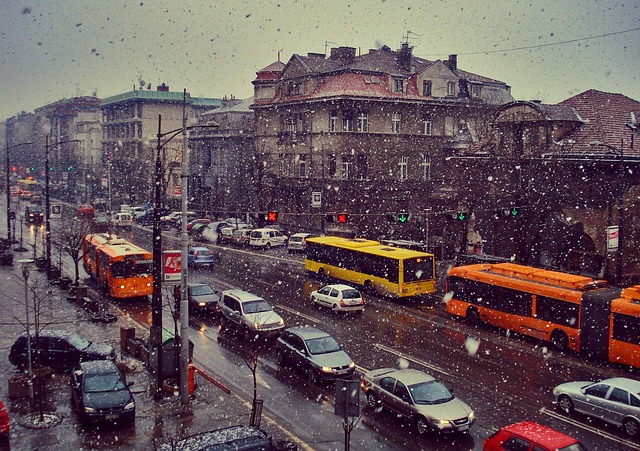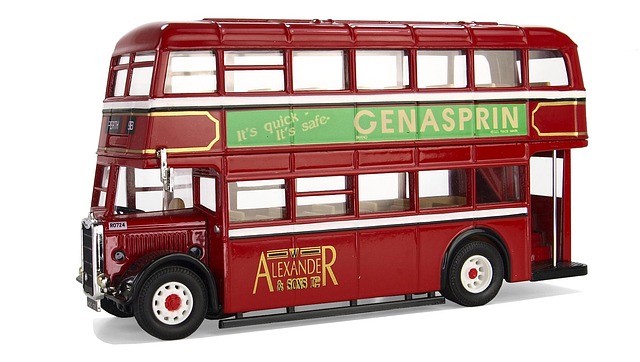Understanding Bus Stop Mapping is crucial for optimizing public transportation networks. By integrating detailed maps with select buses and highway services, cities can provide passengers with efficient real-time information. Modern mapping tools empower users to plan journeys, compare bus contracts, and discover used buses for sale. Challenges include data accuracy and real-time updates, requiring robust data management systems. Future trends involve smart features like digital displays, advanced tracking systems for select buses, optimized loading areas, tailored service contracts, and efficient maintenance practices.
“Unveiling the Art of Bus Stop Mapping: A Comprehensive Guide. In today’s digital age, efficient public transport navigation is paramount. This article explores the intricate world of bus stop mapping and its impact on urban mobility. We delve into how technology revolutionizes route visualization, particularly for Select Buses, offering users streamlined access to stop locations. From journey planning to tackling implementation challenges, we dissect the benefits and future prospects of this transformative feature, enhancing travel experiences.”
- Understanding Bus Stop Mapping: A Comprehensive Guide
- The Role of Technology in Visualizing Bus Routes
- Creating an Efficient System for Select Buses
- User Benefits: Finding Stops and Planning Journeys
- Challenges and Solutions in Implementing Map Features
- Future Trends: Enhancing Bus Stop Navigation
Understanding Bus Stop Mapping: A Comprehensive Guide

Understanding Bus Stop Mapping is a crucial first step for anyone looking to optimize public transportation networks. By integrating select buses and highway bus services onto detailed maps, cities can offer passengers efficient, real-time information about where to board and alight. This comprehensive guide helps users navigate through bustling urban landscapes, ensuring they never miss a stop again.
When delving into this process, consider the diverse needs of commuters. From customized school buses to cost-effective solutions like cheap bus bodies available at local auction houses, mapping should cater to various types of vehicles and routes. A well-designed map will not only showcase bus stops but also highlight their accessibility features, frequency of service, and nearby amenities—all vital information for a seamless travel experience.
The Role of Technology in Visualizing Bus Routes

The integration of technology has revolutionized the way we visualize and plan bus routes, making it easier for both passengers and transport authorities to navigate urban landscapes. Modern mapping software and GPS tracking have become indispensable tools in managing public transportation systems. With advanced features like real-time updates, users can access accurate information about bus locations, arrival times, and even track specific vehicles on a map. This technology not only enhances passenger experience but also optimizes route planning, ensuring efficient use of resources.
Additionally, digital platforms offer detailed insights into bus networks, allowing for informed decisions regarding stop placement, route adjustments, and service frequency. By analyzing passenger flow data, transport planners can design more strategic bus stop layouts, taking into account traffic patterns and community needs. This data-driven approach not only improves convenience but also contributes to enhanced bus safety protocols and better utilization of infrastructure. Moreover, technical support for buses is readily available, ensuring that any issues with the systems are promptly addressed, thus providing a seamless travel experience.
Creating an Efficient System for Select Buses

When designing a bus stop map, it’s crucial to consider how to best organize and display select buses for an efficient system. This involves understanding the diverse needs of passengers, including those using special needs bus services. By grouping related routes or utilizing color-coding, users can quickly identify relevant highway bus services and plan their journeys accordingly.
Custom itinerary planning is another vital aspect. Maps should allow users to visualize not just typical routes but also dedicated select buses catering to specific requirements. This ensures accessibility for all, enhances user experience, and promotes the seamless integration of public transportation in urban landscapes.
User Benefits: Finding Stops and Planning Journeys

For users relying on public transport, finding bus stops and planning journeys effectively is a significant advantage. With modern mapping tools and apps, commuters can now easily access detailed information about nearby bus stops, their locations, and even real-time arrival times. This feature is a game-changer for those who rely on buses as their primary mode of ecotourism transport, allowing them to make informed decisions and save time. By integrating select buses and their routes into digital maps, users can quickly identify convenient stops, compare different bus service contracts, and even discover used buses for sale in their areas, thereby enhancing overall public transport options.
This accessibility empowers individuals to navigate their cities with ease, whether they’re tourists exploring new routes or locals commuting to work. With just a few taps on their devices, users can plan their trips, ensuring they catch the right bus at the nearest stop, thus streamlining their daily commutes and making ecotourism transport more efficient and enjoyable.
Challenges and Solutions in Implementing Map Features

Implementing map features for bus stops comes with its share of challenges. One significant hurdle is ensuring accuracy and real-time updates, especially as routes and stop locations can change frequently. This requires robust data management systems that integrate with mapping platforms to keep information current. Additionally, users expect intuitive interfaces that provide quick access to relevant details like bus schedules, route availability, and even amenities at each stop—a demanding task considering the dynamic nature of public transportation.
However, solutions are available. Advanced mapping technologies, including GPS tracking and data analytics, enable continuous monitoring and precise localization of buses. Integrating these systems with user-friendly apps enhances accessibility by delivering real-time updates on local bus stop locations and arrival times. Furthermore, focusing on sustainability can drive innovation; for instance, promoting reclining seats and eco-friendly buses not only improves passenger comfort but also aligns with growing environmental concerns. Technical support for buses plays a crucial role in addressing maintenance issues promptly, ensuring reliable service.
Future Trends: Enhancing Bus Stop Navigation

The future of bus stop navigation is poised for significant advancements, driven by technological innovations and a growing demand for efficient public transportation. One key trend is the integration of smart features into bus stops, enhancing passenger experiences. For instance, digital displays offering real-time bus timetables and arrival predictions can help people plan their journeys more effectively. Additionally, select buses equipped with advanced navigation systems enable passengers to track their vehicle’s location, providing transparency and convenience.
Furthermore, the concept of dedicated bus loading areas is gaining traction, optimizing routes and reducing congestion at traditional stops. This strategy, coupled with improved accessibility designs, ensures smoother boarding and alighting processes. As public transport evolves, the use of data analytics can optimize bus service contracts, matching routes and schedules to meet fluctuating passenger demands. Additionally, the resale market for used buses can contribute to cost-effective solutions, while efficient maintenance practices will keep fleets in top condition, ensuring reliable and timely services.
Bus stop mapping has evolved significantly, leveraging technology to enhance user experience. By integrating features like Select Buses into navigation systems, travelers can efficiently plan journeys and locate stops. While challenges remain, such as ensuring data accuracy and accessibility, future trends promise even smoother integration of bus stop information into everyday digital maps. This advancement will ultimately benefit users, making public transportation more convenient and appealing.
